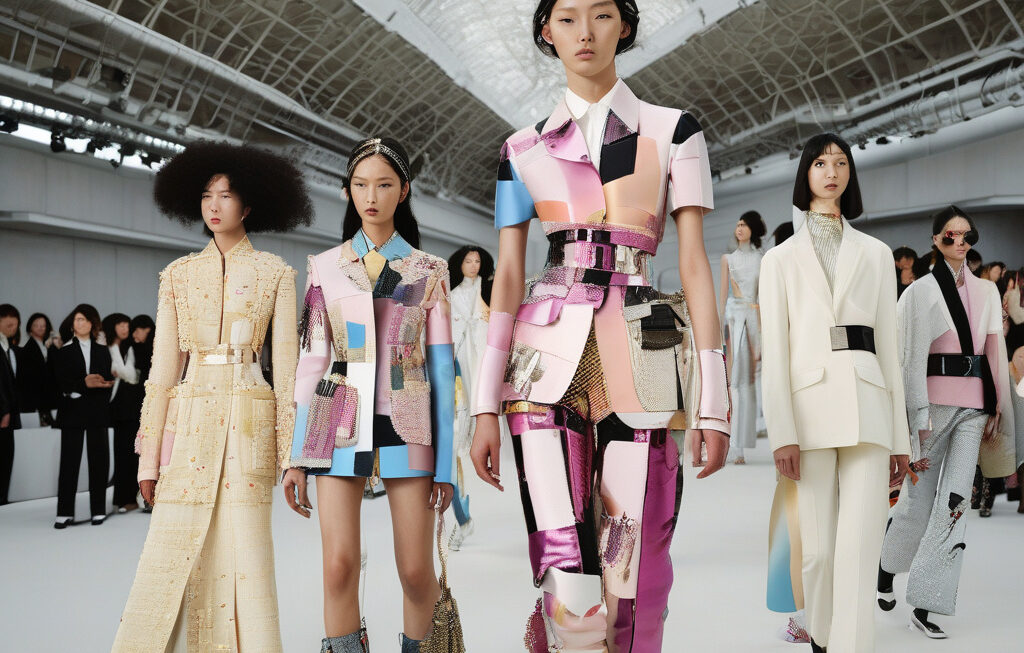Trump’s Tariffs: Impact on the Fashion Industry
The fashion industry is no stranger to volatility, but the recent tariffs imposed by the Trump administration have added a new layer of uncertainty. The rollout of these tariffs, along with the looming question of their duration and the possibility of more to come, has left fashion businesses scrambling to adapt to this new reality. To understand the full scope of the impact, let’s delve into the specifics through the lens of four informative charts.
Chart 1: Increased Costs
One of the immediate effects of the tariffs is the rise in production costs for fashion companies. With higher tariffs on imported materials such as fabrics and accessories, manufacturers are forced to either absorb these additional costs or pass them on to consumers. This poses a significant challenge for businesses already operating on thin profit margins, potentially leading to price hikes and reduced competitiveness in the market.
Chart 2: Supply Chain Disruption
The uncertainty surrounding the duration of the tariffs has disrupted global supply chains that the fashion industry heavily relies on. Manufacturers and retailers are now faced with the dilemma of whether to seek alternative suppliers, relocate production facilities, or wait out the tariffs in the hopes of a resolution. This disruption not only impacts current operations but also future planning and investment decisions.
Chart 3: Consumer Behavior
As production costs rise and prices increase, consumer behavior within the fashion industry is also shifting. Price-sensitive shoppers may opt for more affordable options or delay purchases altogether, leading to a decrease in demand for certain products. This change in consumer sentiment can have a ripple effect across the entire supply chain, affecting everyone from manufacturers to retailers.
Chart 4: Global Competitiveness
The tariffs imposed by the Trump administration have also sparked concerns about the global competitiveness of the fashion industry. As businesses in other countries navigate the impact of these tariffs, they may explore new opportunities to gain a competitive edge. This could result in shifts in sourcing strategies, production locations, and market focus, ultimately reshaping the competitive landscape of the fashion industry on a global scale.
In conclusion, the uncertainty surrounding the rollout of Trump’s tariffs presents a complex challenge for the fashion industry. From increased production costs to supply chain disruptions and changes in consumer behavior, businesses must navigate these uncharted waters with caution and strategic planning. By closely monitoring the evolving situation and staying agile in their decision-making, fashion companies can mitigate the impact of the tariffs and position themselves for long-term success in an ever-changing global market.
tariffs, Trump, fashion industry, supply chain, consumer behavior












